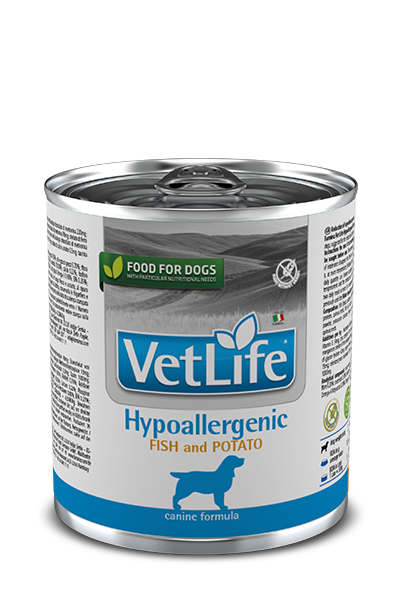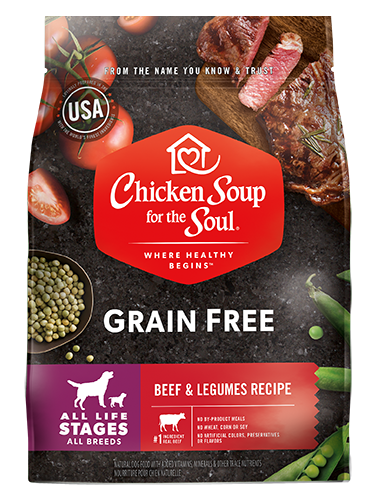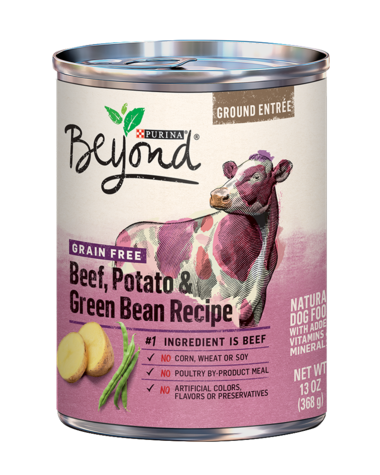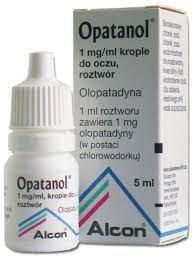Your cart is currently empty!
Introxin-25 Spray
Introxin-25 spray Introxin-25 spray – For veterinary use only Antiseptic spray for external use Composition: Contains per ml: Oxytetracycline hydrochloride 25 mg. Excipients ad 1 ml. Description Oxytetracycline belongs to the group of tetracyclines and acts bacteriostatically against many Gram-positive and Gram-negative bacteria like Bordetella, Campylobacter, Chlamydia, E. coli, Haemophilus, Mycoplasma, Pasteurella, Rickettsia, Salmonella, Staphylococcus and Streptococcus […]
Description
Introxin-25 spray
Introxin-25 spray – For veterinary use only
Antiseptic spray for external use
- Composition:
- Contains per ml:
-
Oxytetracycline hydrochloride25 mg.
-
Excipients ad1 ml.
Description
Indications
External skin, teat, hoof and paw infections caused by oxytetracycline sensitive micro-organisms like Bordetella, Campylobacter, Chlamydia, E. coli, Haemophilus, Mycoplasma, Pasteurella, Rickettsia, Salmonella, Staphylococcus and Streptococcus spp. in calves, cattle, goats, sheep and swine.
Introxin-25 Spray Contra indications
Hypersensitivity to tetracyclines.
Administration to animals with a seriously impaired renal and/or hepatic function.
Concurrent administration of penicillins, cephalosporins, quinolones and cycloserine.
Side effects
Hypersensitivity reactions.
Dosage
Spray one or two times a day from a distance of 15 – 20 cm.
Withdrawal times
None.
Warning
Pressurized container. Protect from sunlight and do not expose to temperature too high
Precautions:
Do not:
spray in or around the eyes, ncinerate or puncture the spraycan, expose to temperatures above 50 ºC.
Target animals
Calves, Cattle, Goat, Sheep and swine
Common Cat Wounds
Your cat is bound to get into trouble every now and again. All animalshumans includedare susceptible to injury. And for cats, minor injuries are fairly common; how common depends on their activity levels and environment.
If an injury occurs, you shouldnt panic. Nor should you just ignore it. Even small wounds can be breeding grounds for bacteria and viruses. Left untreated, a minor issue could become a severe health complication.
Because of this, you should be on the lookout for the most common types of cat ailments, including:
- Hot spots
- Insect bites
- Skin rashes
- Ulcers
- Cat burns
- Scratches
- Cuts
- Scrapes
- Cat abscesses
As a responsible cat owner, periodically examine your pet for signs of injury, which include:1
- Bleeding
- Swelling
- Missing hair
- Torn skin
- Limping
- Tenderness or pain





